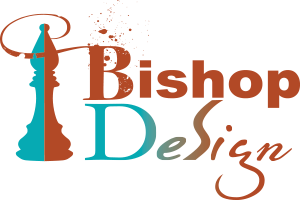NoSQL Databases: Businesses’ Solution To Handling Big Data Online
Large-scale data is a fact of life for businesses today. While NoSQL provides several viable solutions to handling big data, they will not replace relational databases, but rather add to them. Each data model has its particular use, and businesses will benefit from choosing the type of database suited to the nature of the problem they are trying to solve, keeping in mind that they can have multiple types of databases in use in any one organization. Relational databases are familiar, and can be used for utility projects, whereas NoSQL is an immature technology–very new, so not many people know how to work with it, but it may be worth the risk for a business to use NoSQL if they are implementing something strategic that needs to handle big data or have fast access for a competitive advantage (such as with Amazon).
Final Project in Laravel, Graduation, and Onwards
For my Capstone project I chose to do a cookbook, as I’ve been accumulating recipes I’ve made on little pieces of paper in a huge stack in a bookshelf in my kitchen. I took the plunge and coded my project in PHP using the artisan framework Laravel. Laravel for PHP is like JQuery for Javascript–it’s not a language, per se, but a complex library of functions that one can hook into to create applications more quickly and securely–Laravel does some heavy lifting, but has a large learning curve, especially as it is all object-oriented. I could (and probably should) devote a whole blog to Laravel.
Adding APIs to your website
API stands for Application Programming Interface and is a set of protocols and functionality, implemented on an internet connected system, which allows other software (usually apps) to request information and calculations from it. Essentially, APIs help build applications, and function similarly to plugins or widgets for Wordpress–they add functionality, but without having to be in a CMS framework. you can plug code right into html–with some javascript and jquery to help, to install APIs into your website or application. They are often the go-betweens in the communication between people and services.
Developing WordPress Plugins
Plugins are a big reason why Wordpress has gotten as powerful and as popular as it has, for they extend the functionality of Wordpress in many different ways, including adding shopping carts, boosting SEO ratings, adding widgets and calculators to make conversions, etc.
What’s In a WordPress Theme?
When you look at a webpage, you see it as one page, with various elements (masthead, footer, content area, sidebar, etc.), and in straight html, you code it as one page, with the DOCTYPE declaration at the top, opening and closing tags for various parts of the page. With themes, though, these parts are divvied up and each one becomes their own page, functioning under a model similar to the Model View Controller.
